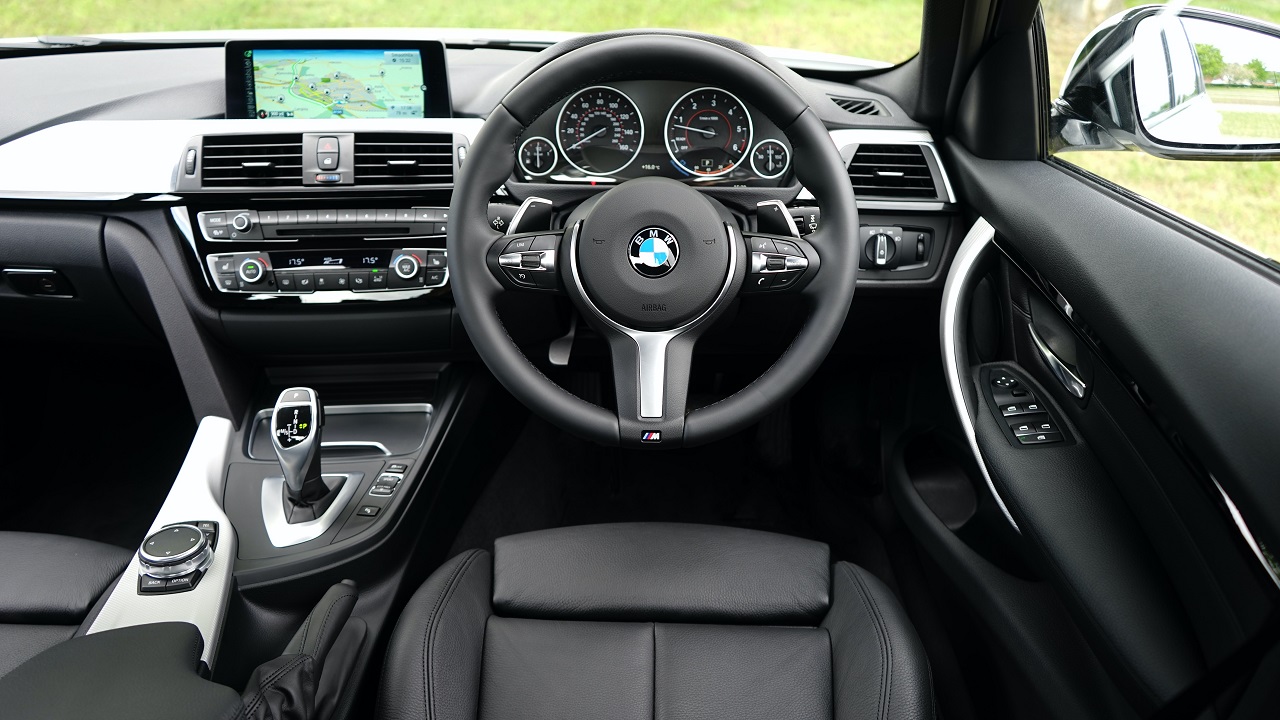Marquett Burton Net Worth 2024 – Age, Bio, Height, Wiki, Wife
Marquett Burton is a self made entrepreneur who has achieved massive success in technology, education, and literature. Even though Burton didn’t have much to start with, his hard work and clever ideas helped him become a millionaire. This post tells all about Burton’s life, from when he was young to now, where he’s a super … Read more










